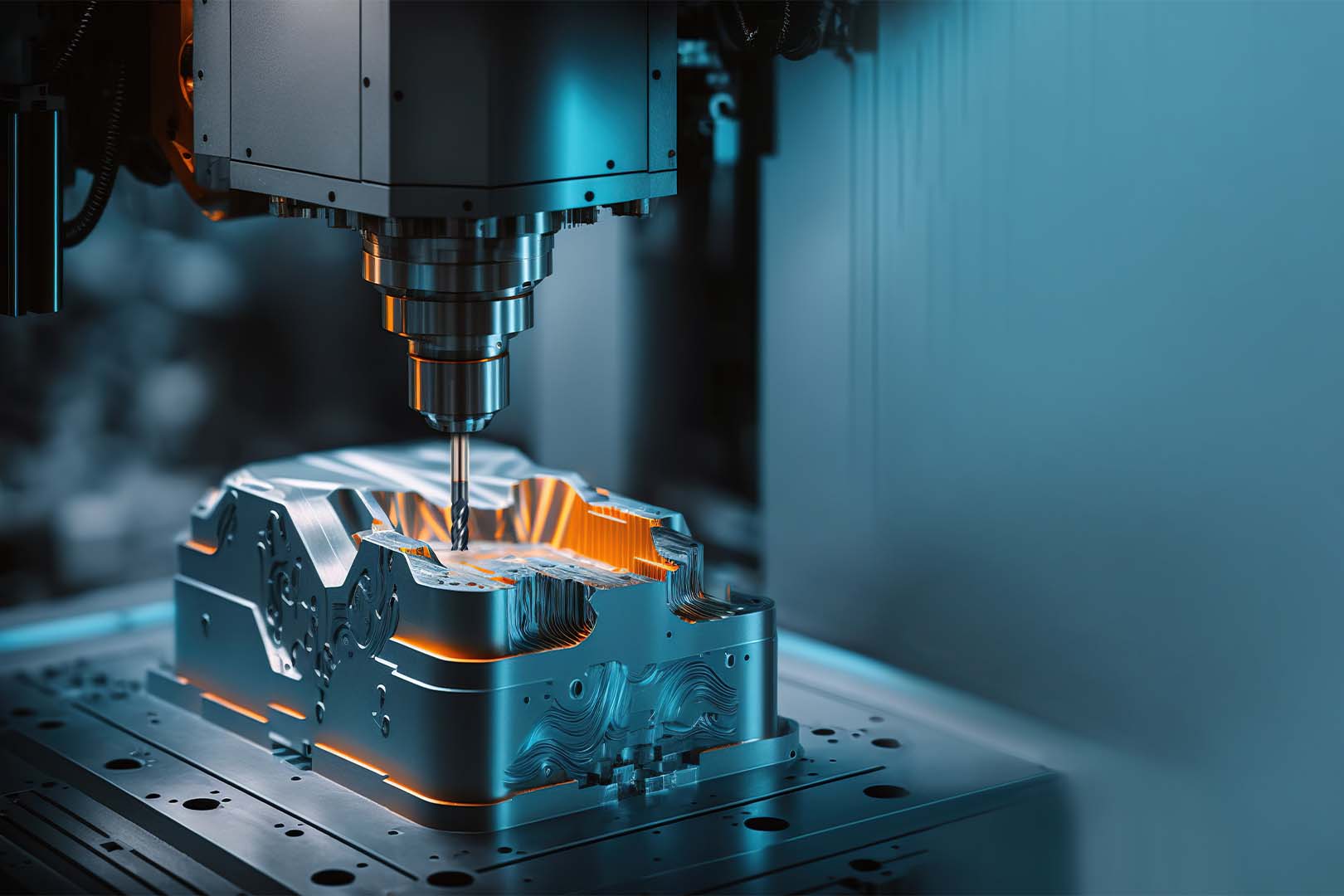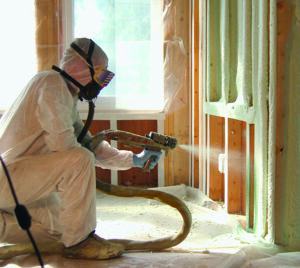Metal Prototypes: Advancing Design and Manufacturing with Precision
Introduction
In today’s rapidly evolving manufacturing landscape, prototyping plays a pivotal role in transforming ideas into reality. Metal prototypes, in particular, have become essential in industries where precision, durability, and functionality are critical. Whether for automotive, aerospace, medical devices, or consumer electronics, the ability to create prototypes using metal materials is an indispensable part of the product development process. This article delves into the significance of metal prototypes, their manufacturing processes, benefits, and applications across different industries.
What are Metal Prototypes?
Metal prototypes are physical models or samples created using metal materials that simulate the final product or part. These prototypes are produced during the early stages of the product development process to evaluate design concepts, test functionality, and assess the feasibility of manufacturing before committing to large-scale production. They allow engineers and designers to identify potential flaws, optimize designs, and refine the manufacturing process.
Unlike plastic or 3D printed prototypes, metal prototypes are often more robust and can closely mimic the characteristics of the final product, especially in terms of strength, weight, and material properties. Common metals used in prototyping include aluminum, stainless steel, titanium, and brass, each chosen based on the requirements of the specific product being developed.
Manufacturing Processes for Metal Prototypes
The process of creating metal prototypes requires a high degree of accuracy and expertise. Several manufacturing techniques are employed to produce these prototypes, each with its own set of advantages depending on the complexity of the design, material requirements, and desired production speed.
1. CNC Machining
CNC (Computer Numerical Control) machining is one of the most widely used methods for creating metal prototypes. It involves the use of computerized machines that cut, mill, drill, and shape metal parts from a solid block of material. CNC machines offer high precision and the ability to work with a variety of metals, making them ideal for prototyping complex designs.
The benefits of CNC machining for metal prototypes include:
- High precision and repeatability
- Ability to produce complex geometries
- Versatility with different metals
CNC machining is ideal for creating functional prototypes that require high accuracy and fine details, such as automotive or aerospace parts.
2. 3D Metal Printing (Additive Manufacturing)
3D metal printing, also known as additive manufacturing, is a cutting-edge technique that allows manufacturers to build metal prototypes layer by layer from a digital model. This process uses materials such as stainless steel, titanium, or aluminum powders, which are melted and fused together using a laser or electron beam.
Some advantages of 3D metal printing include:
- Design freedom: Complex geometries that would be difficult or impossible to create with traditional methods can be easily achieved.
- Reduced material waste: Additive manufacturing uses only the necessary material, leading to less waste compared to subtractive methods like CNC machining.
- Faster lead times: Since 3D printing doesn’t require molds or tooling, prototypes can be produced much faster.
While 3D metal printing is not always as precise as CNC machining, it is highly valuable for rapid prototyping, especially for intricate designs or low-volume production runs.
3. Casting
Casting involves pouring molten metal into a mold to create a prototype. This method is often used when creating prototypes for parts that will eventually be produced in larger quantities. Casting can be done using various techniques, including sand casting, die casting, and investment casting.
Benefits of casting for metal prototypes include:
- Ability to produce large, complex parts: Large metal components that would be difficult to machine can be created through casting.
- Cost-effective for high-volume production: Once a mold is created, it can be reused multiple times, making casting a cost-effective option for mass production.
However, casting can be less precise than CNC machining or 3D printing, and the initial cost of creating molds can be significant.
4. Sheet Metal Fabrication
Sheet metal fabrication involves cutting, bending, and assembling thin sheets of metal to create a prototype. This technique is commonly used for parts such as enclosures, panels, or frames. Methods like laser cutting, water jet cutting, and press braking are often employed to produce high-quality sheet metal prototypes.
Advantages of sheet metal fabrication include:
- Fast turnaround times: Sheet metal fabrication processes can be quick, making them ideal for prototyping.
- Cost-effective: Producing prototypes in sheet metal can be more affordable than other methods for certain applications.
However, sheet metal prototypes may not be suitable for parts that require intricate details or specific material properties.
Applications of Metal Prototypes
Metal prototypes have widespread applications across a variety of industries, where the need for precision, durability, and realistic testing is crucial. Some of the most common industries that utilize metal prototypes include:
1. Aerospace and Aviation
In aerospace and aviation, prototypes are essential for testing parts that must meet strict safety and performance standards. Metal prototypes in this field can be used for structural components, engine parts, and assemblies. Materials like titanium and aluminum are commonly used in aerospace prototypes due to their high strength-to-weight ratio.
The ability to produce metal prototypes for complex geometries and evaluate them for stress tests, vibration, and other operational conditions is a significant advantage in the design and development of aerospace products.
2. Automotive Industry
The automotive industry relies heavily on metal prototypes for developing engine components, chassis parts, and body panels. Metal prototypes allow automotive engineers to test how parts will perform under real-world conditions, including stress, heat, and fatigue. Using metal instead of plastic or other materials ensures that the prototype closely mimics the performance and functionality of the final product.
CNC machining and casting are two of the most common methods used in the automotive sector to create metal prototypes.
3. Medical Devices
In the medical field, prototyping is critical for ensuring that devices are safe, functional, and meet regulatory standards. Metal prototypes are used in medical instruments, implants, and surgical tools, where strength, biocompatibility, and precision are key. Stainless steel, titanium, and cobalt-chromium are some of the materials used for medical metal prototypes.
Creating metal prototypes for medical devices helps engineers and doctors assess how the device will interact with the human body and how it will perform in real-world scenarios before it is approved for clinical use.
4. Consumer Electronics
The consumer electronics industry also makes extensive use of metal prototypes to develop products such as smartphones, laptops, and wearable devices. Metal prototypes allow manufacturers to evaluate the aesthetic design, functionality, and durability of devices. Techniques like 3D metal printing and CNC machining are commonly used to produce metal prototypes for testing.
The use of metal for prototypes in consumer electronics helps companies fine-tune their products’ form and function before mass production begins.
Benefits of Metal Prototypes
The use of metal prototypes offers several key benefits to businesses and manufacturers. These include:
1. Realistic Testing
Metal prototypes provide an opportunity to test the functionality and durability of a design under real-world conditions. This can help identify design flaws and performance issues that might not be apparent through simulations or virtual testing.
2. Material Properties Simulation
Because metal prototypes are made from the same materials that will be used in final production, they offer a realistic representation of the final product’s material properties. This is particularly important in industries where material strength, weight, and performance are crucial, such as aerospace and automotive.
3. Cost and Time Efficiency
While metal prototypes may involve higher upfront costs compared to plastic or 3D printed prototypes, they can save time and money in the long run. By testing and refining designs early in the development process, businesses can avoid costly mistakes and delays during mass production.
Conclusion
Metal prototypes are an essential component of the modern product development process. With their ability to accurately represent the final product, allow for rigorous testing, and ensure that designs are functional and manufacturable, metal prototypes are indispensable across a wide range of industries. By leveraging advanced manufacturing techniques such as CNC machining, 3D printing, casting, and sheet metal fabrication, companies can bring their ideas to life with precision and efficiency, ensuring the highest standards of quality and performance in their final products.














Post Comment